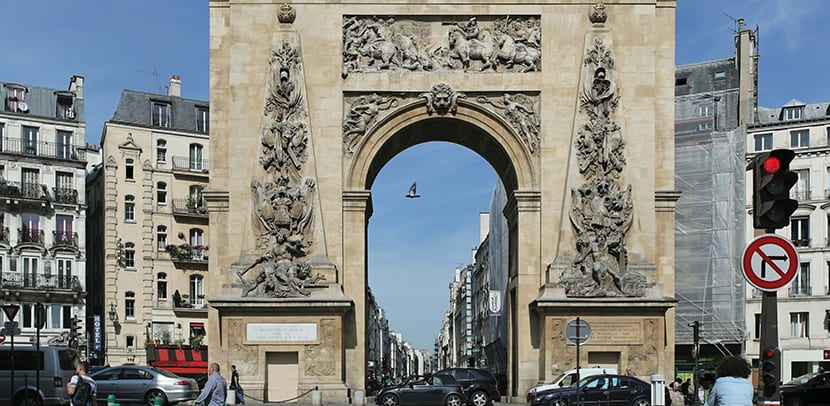
Paris is one of the great tourist capitals of the world and it takes more than one trip to discover it.
It has many corners, many museums, many restaurants and interesting places to visit at any time of the year. One of its suburbs is Healthy-denis, located just under a kilometer from the center of the French capital.
St Denis

Saint-Denis is a suburb located north of Paris famous among tourists for possessing the Basilica of Saint Denis where several of the French kings rest and because it is also where the famous Stade de France is, a football and rugby stadium.
St Denis has Gallic Roman origins, But when the spread of Christianity in these lands threw the first martyrs, its history took a turn when the first Parisian bishop, Saint Denis, was buried here after his martyrdom in Montmartre.

The medieval abbey of the same name was completed in the XNUMXth century and is a huge and elegant Gothic-style building in which, after its construction, the remains or relics of the patron saint of France, Saint-Denis, were buried.
And if we talk about the history of religion an important battle between Catholics and Protestants took place in these lands in 1567, one that the first won and that ultimately ended in the conversion to Catholicism of King Henry IV.
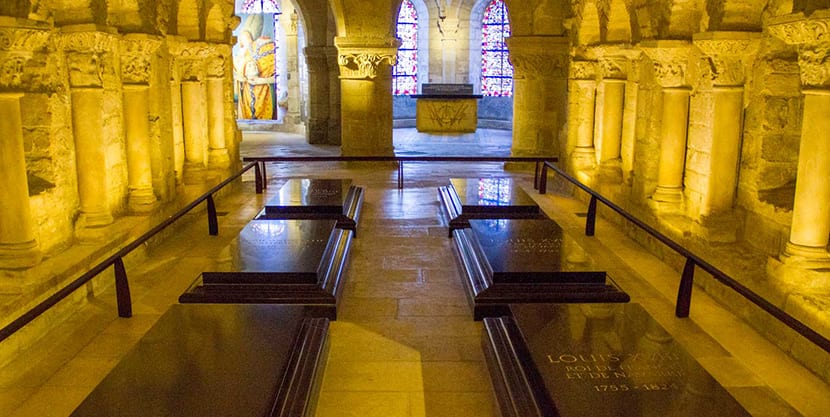
Later the necropolis of the abbey became the eternal resting place of the Gallic kings and the last one to have his royal burial was Louis XVIII in 1824. With the disappearance of the monarchy, this area of Paris lost its glory but slowly began to be urbanized, industrialized and improved.
Its inhabitants went from being farmers to workers so at the dawn of the socialist struggles Saint-Denis became an important political center and socialism had its first political victory here for which he came to be known as la city Red or Red Villa.
How to get to Saint-Denis
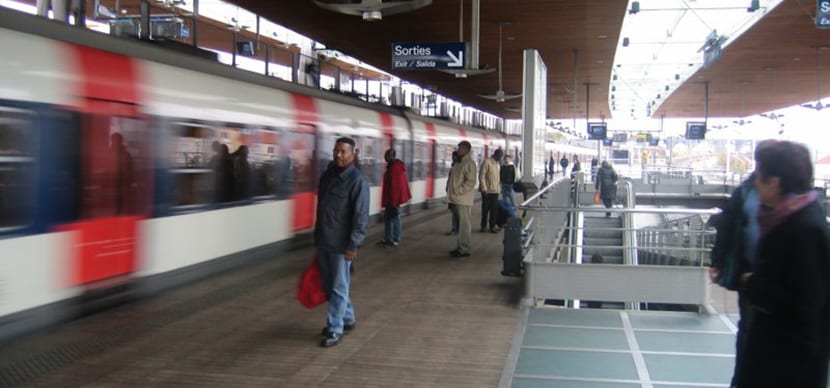
Saint-Denis is half an hour from the center of Paris and the means of transport that serve them are the tram, metro, RER and Transillien. There is the Saint-Denis train station dating from the mid-nineteenth century and then each of the means of transport that I named have several stations in the neighborhood.
If you take the Metro line 13 You have the Université station, the Carrefour station, the Porte de Paris station which is the one closest to the Stade de France and the Saint-Denis Basilica station, for example.
What to see in Saint-Denis
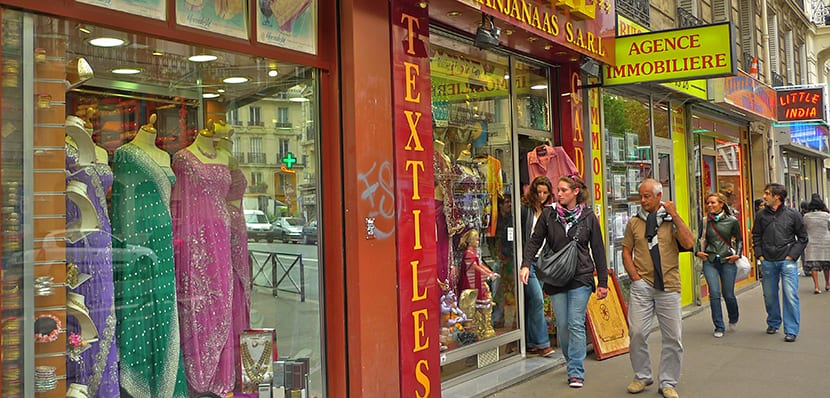
Saint-Denis is the most multicultural thing you will see in Paris. Here live Africans, Kurds, Pakistanis, Algerians, Chinese, Turks, Indians and many more. Some of them do not have documents or permission to be in the country but they are, live and work in France. And many, many were born here to foreign parents.
If you ask the tourist agencies, it is a neighborhood in which it is mandatory to be careful because drugs and crime circulate. If you still want to discover it, then you take public transport and spend an afternoon wandering around.
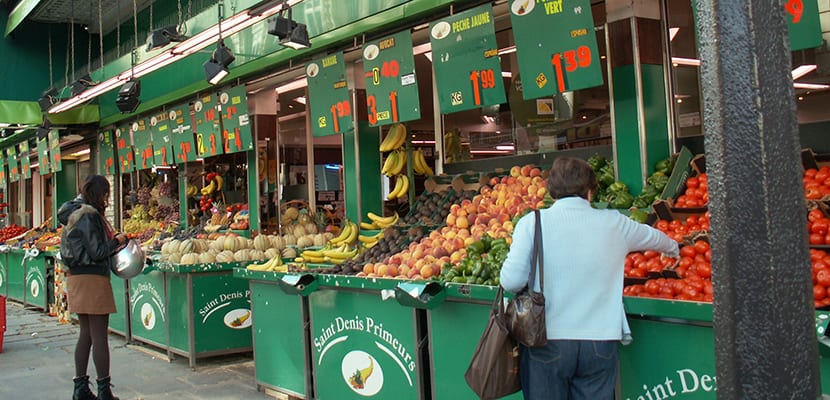
St Denis it is a mirror of today's Paris, heir to the old French colonialism, but for those fashion turns of a time to be part has become a destination for hipsters y bourgeois Parisians with a craving for exoticism.
Saint-Denis is half an hour by train from the center of Paris and today for many it is the most dangerous place in the French capital. Multiculturalism, in which Muslims abound, is in the eye of the storm and many fear it will be the breeding ground for future terrorists.
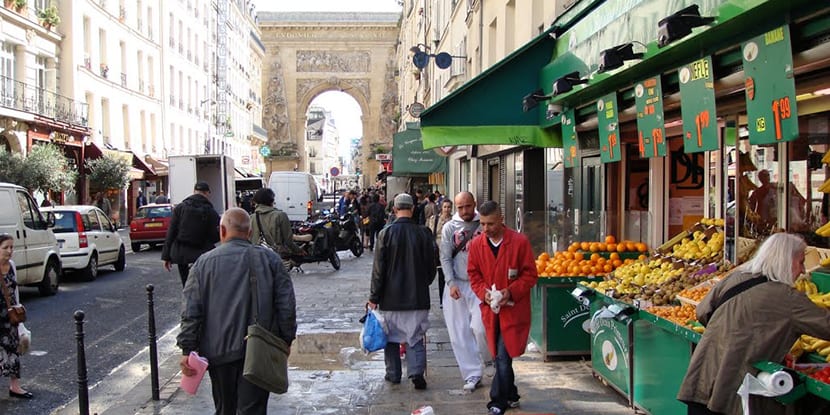
The streets of the suburb are arranged around a main avenue called Street of farbourg St Denis where the shops and restaurants in which you can enjoy Indian, Pakistani or African dishes. There are also many street vendors, shouting offers, making noise.
Another recommended street to walk is the street montorgiel, with restaurants and cafeterias bohemian, with people who read Le Monde but also with people of all possible ethnic origins. And or it wouldn't be Paris if there were no tickets, of course.

There is the Passage small Stables, in the air and lined with trees, on which restaurants, bars and cafes are constantly opening and that every Tuesday at 7 pm is the meeting point for organic farmers who sell their products.
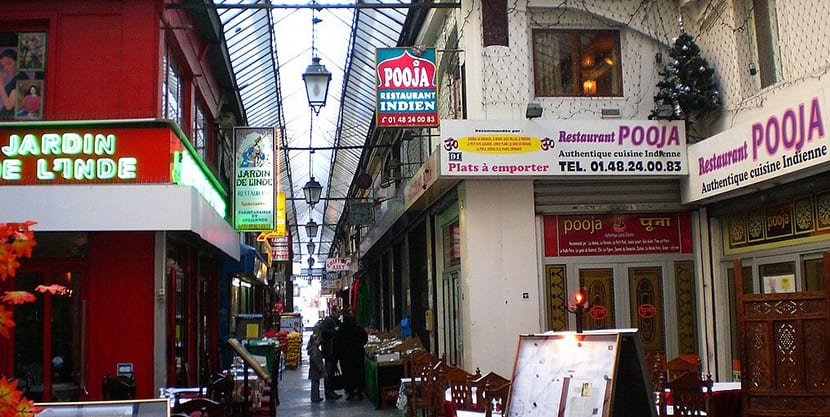
El Passage Brady It is a charming, glass-roofed passage, built in the XNUMXth century, which appears to be Little India. Another passage is el Passage Prado, shaped like the letter L, with a glass ceiling and art-nouveau murals.
The Saint Denis Gate is a triumphal arch built by Carlos V and destroyed by Luis XIV by which the kings who were crowned in the Basilica in Saint-Denis entered Paris. At the end of the 80s it was rebuilt in works that lasted a whole decade: 25 meters high, five meters wide and elegant reliefs.
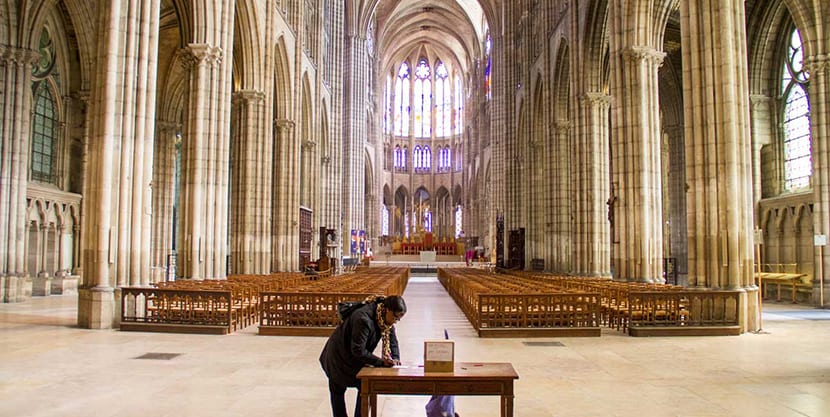
Of course the Basilica Saint-Denis it is a major attraction. The medieval abbey is of great historical and architectural importance. It was almost completely demolished in the French Revolution since it represented royalty and only the church was left standing because everything else, the sculptures, the abbey, the tombs, was damaged.
While it is the actual necropolis today there are only some royal tombs left of the many that he knew how to have because over time and the political vicissitudes the tombs of Bourbons, Valois, Plantagenet were opened, destroyed or lost or passed into real mass graves without much rhyme or reason.
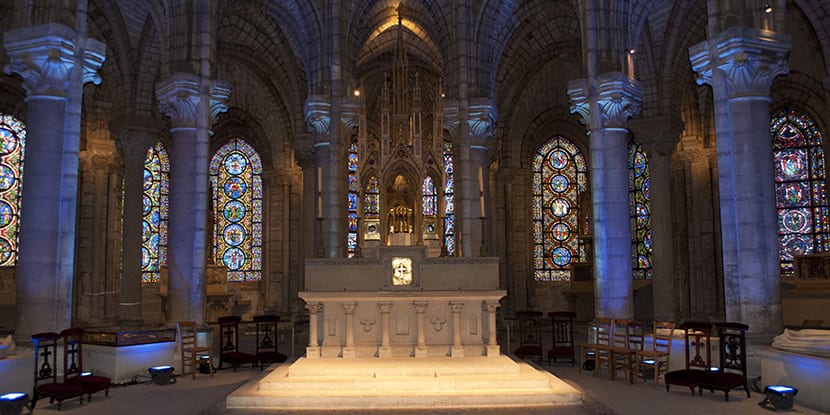
Bonaparte reopened the church and did not touch the mass graves. In 1817 the Bourbons ordered to open them although they found little. What remained of 158 bodies of queens and kings were placed in an ossuary in the crypt of the church with marble plaques bearing their names.
If you visit the church you will see all this and also a special crypt of the Bourbons where the remains were buried Louis XVI and his wife Marie Antoinette of Austria Only in 1815. You will also see the tombs of other kings, queens and nobles, some of which have been brought from other abbeys and churches.
It was rebuilt in the XNUMXth century by the same architect who restored Notre Dame Cathedral.
Nightlife in Saint-Denis
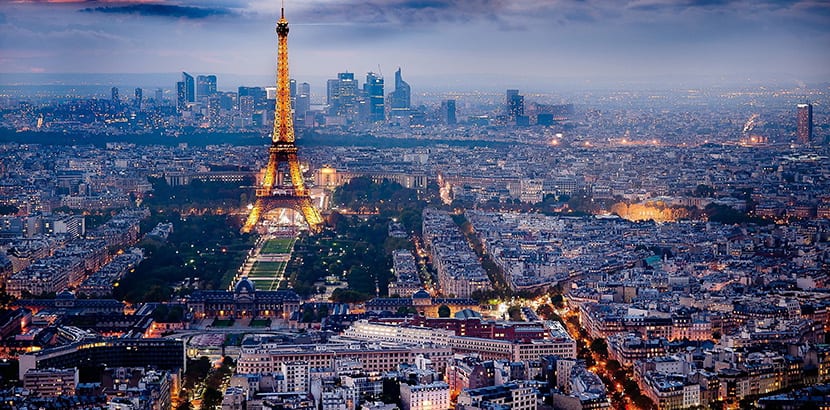
If you don't like the insecurity of big cities, it's not a good idea to visit Saint-Denis at night., unless you travel in a group, speak French very well or have friends here. If so, the neighborhood is great for a night out.

You like the movida hispter? So here your mecca is At Jeannette, a site that is at least five decades old but is popular with young people today. You eat French food, there are XNUMXth century mirrors and retro Formica tables.
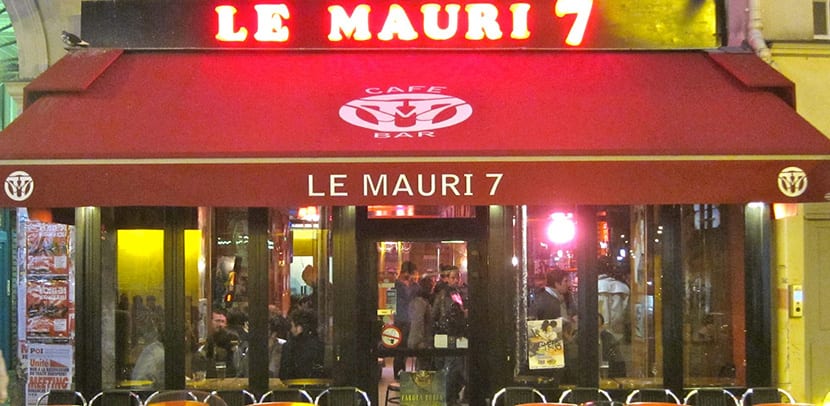
Opposite is the Mauri 7, a bar with the internal walls decorated with covers of LP records and some tables located on the Passage Brady. Is also Sully and Castle of of Au, but more and more bars and cafes are emerging like mushrooms after a day of rain and humidity.
As you see, Saint-Denis is a rich and interesting destination in Paris. Something that the French capital increasingly shares with other European capitals characterizes it, multiculturalism, but if you like cultural richness, it enriches you and educates you, it is a walk that you should not miss.
Hello and thank you very much for the information,
I think you are mixing two different areas in the same article, both belonging to the Île de France region.
The first of these is, indeed, the municipality of Saint Denis (which is outside the Boulevard Périphérique and therefore outside what is considered as the center of Paris, which consists of its 20 districts). This is where the Cathedral can be found and is easily accessed thanks to the metro line 13. As well mentioned, it is one of the most multicultural areas due to immigration.
On the other hand, we have the area around the metro station called Strasbourg-Saint Denis (lines 8, 4 and 9), where we can find the arch in the photo as well as the Indian restaurants of Passage Brady. However, this area is within the center of Paris, and is located between districts 2 and 10, near République.
Regards,
Álvaro